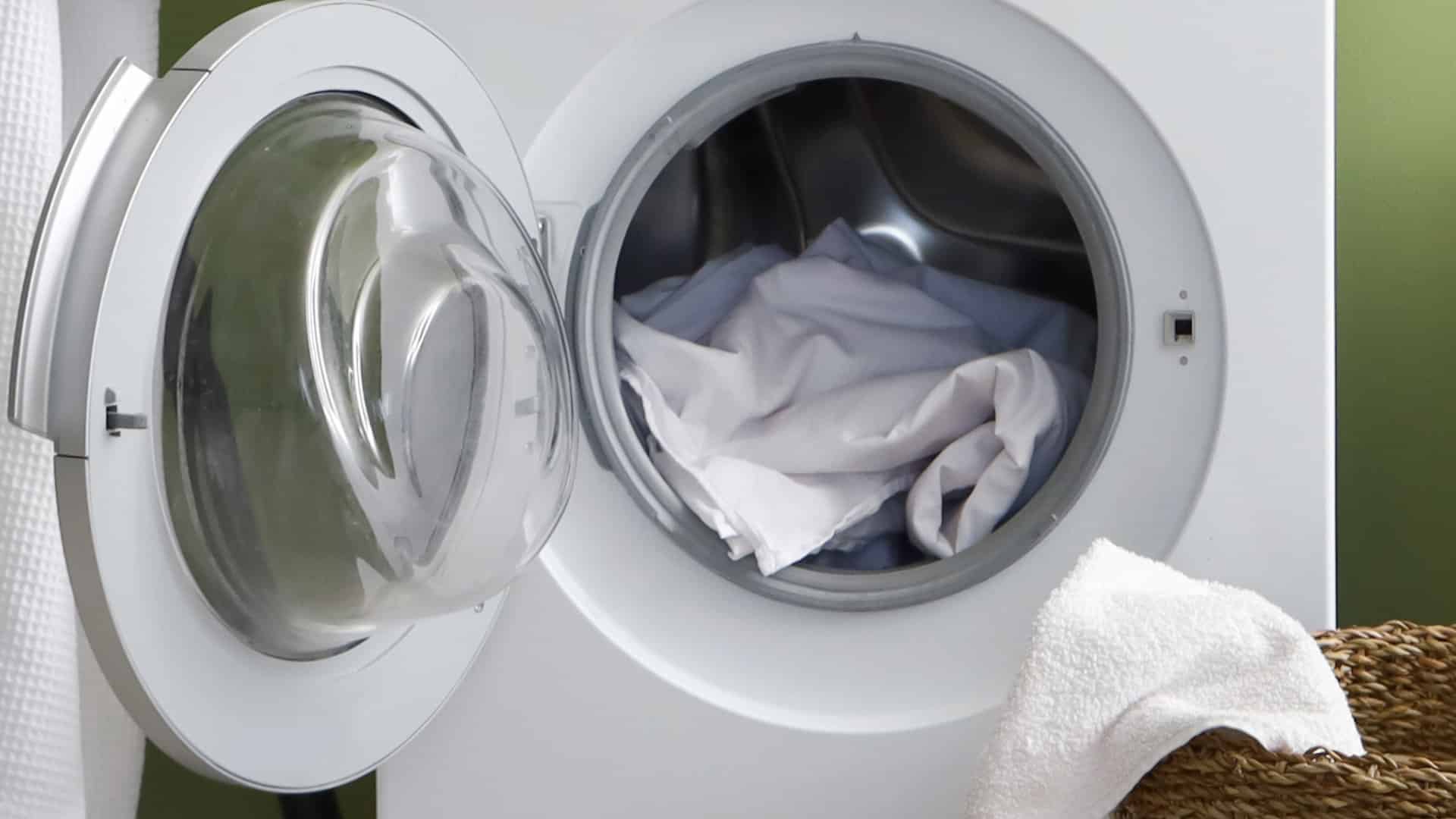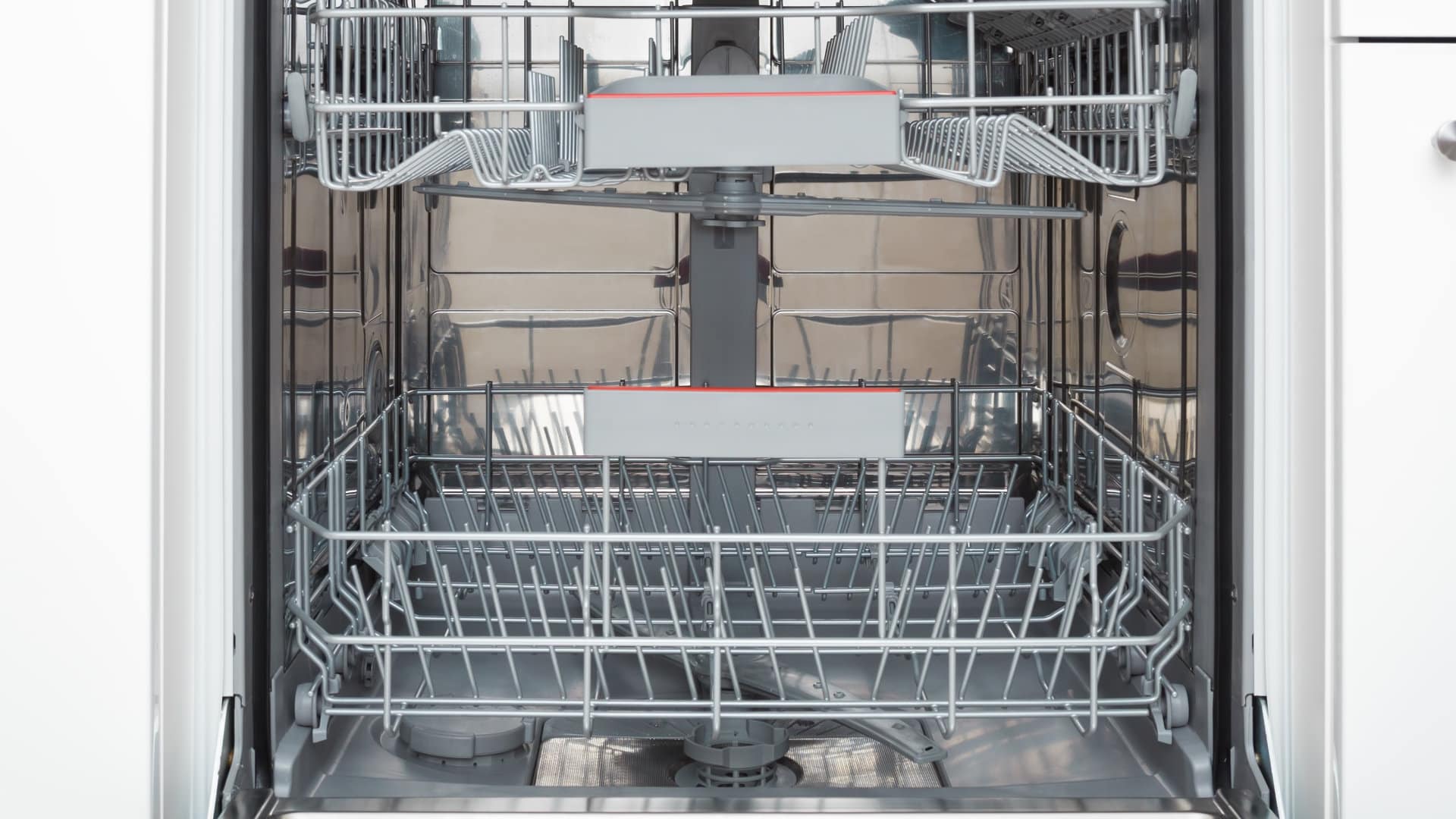As of September 15, 2014, all new refrigerators, freezers and refrigerator-freezer combo units sold in the United States must comply with the Department of Energy’s (DOE) conservation standards.
The refrigerator ranks as the second largest energy consumer in the home. According to the DOE, refrigerators account for an average of 13.7% energy consumption in U.S. households, whereas air conditioners account for slightly more at 14.1. The problem is that older models fail to take advantage of modern-day energy-efficient components and technology. A refrigerator manufactured in 1986, for instance, will use an average of 1400 kWh per year, but a model manufactured in 2014 will use an average of just 350 kWh.
In an effort to reduce energy waste, the DOE frequently issues new manufacturing standards for refrigerators and other major household appliances sold in the U.S. The first series of conservation standards for refrigerators was passed in 1978, although at the time it was limited to the state of California. The DOE soon began passing energy laws for refrigerators sold throughout the country instead of focusing strictly on the Sunshine State.
The fourth round on refrigerator conservation standards was passed in 2001 and will reportedly save approximately 15.3 quads of energy and $174.8 billion. Up until now, however, these standards were optional, and manufacturers were in no way required to follow them. But all refrigerators, freezers and refrigerator-freezer combo units manufactured on or after September 15, 2014 are now required to follow the DOE’s standards that were first proposed back in 2001.
“These new refrigerators and freezers are expected to save consumers between $215 and $270 on their annual utility bills compared to a refrigerator that just met the first state standards in 1978, and result from a 2010 consensus recommendation to the Department of Energy (DOE) from refrigerator manufacturers, efficiency advocates, states, and consumer groups. DOE approved the standards in 2011 for refrigerators and freezers, making the energy-saving targets effective for manufacturers on Sept. 15, 2014,” wrote Elizabeth Noll of the Natural Resources Defense Council (NRC).
Tips For Choosing an Energy-Efficient Refrigerator:
- Choose a model manufactured on or after September 15, 2014.
- Look for a refrigerator with the ENEGY STAR logo.
- Consider a smaller refrigerator that meets you and your family’s needs without offering an excess amount of space.
- If possible, avoid refrigerators with built-in icemakers and dispensers.
- Top-freezer models are typically more energy-efficient than side-by-side refrigerators.

Whirlpool Washer Error Codes Explained

How to Wash a Hat in the Dishwasher (In 5 Steps)

How to Fix the nF Error Code on a Samsung Washer

Kenmore Elite Dryer Issues: How To Troubleshoot

Microwave vs. Oven: Pros and Cons and How They Differ

Self-Cleaning Oven Smell: Causes & Odor Reduction Tips

Frigidaire Ice Maker Not Working? 7 Ways to Fix It

Why Is Your LG Refrigerator Not Cooling? (9 Common Reasons)

GE Oven F2 Error: Causes & Solutions







